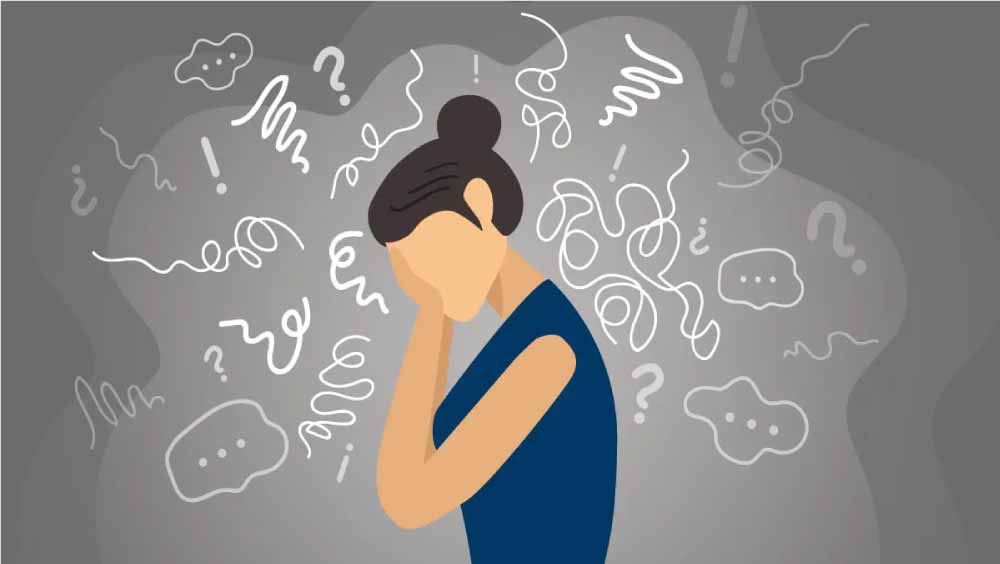You may be suffering from hemorrhoids and don’t know it. Learn more about this painful condition and how to treat it at home here.
What are hemorrhoids?
Hemorrhoids are swollen veins near the anal opening that can be caused by a variety of factors, including childbirth, straining during bowel movements, and constipation. They may cause pain when they prolapse (flow) and may require treatment with over-the-counter medications or surgery.
How common are they?
Hemorrhoids are one of the most common medical conditions in the world. About half of the population will experience hemorrhoids at some point in their life. They are also one of the most common causes of long-term pain and disability. However, many people do not know that they are a preventable condition.
There are two types of hemorrhoids: internal and external. The internal ones are located inside the rectum and it can often be painful to sit on them. The external ones are located on the outside of the rectum and can be more difficult to detect. They can also be more painful due to pressure from clothing or weight gain around you.
The most common cause of hemorrhoids is constipation. When stool settles in the rectum for too long, it puts extra pressure on the veins that supply blood to the hemorrhoid area. This can lead to inflammation, infection, and bleeding. Other factors that can contribute to the development of hemorrhoids include childbirth, obesity, straining during bowel movements, genetics, and age (over 50 years).
Who could have hemorrhoids?
They are a condition in which blood pools in the rectum and anus. Can be caused by a variety of factors, including pregnancy, obesity, constipation, diarrhea, and anal sex. They may be painful and swollen and may require treatment with medication or surgery.
Anyone can get hemorrhoids, but they are more common in people who are overweight or with other medical conditions that affect their gut health. Pregnant women are at particular risk of developing hemorrhoids, as is anyone who has had diarrhea or constipation in the past. People who have anal sex are also at risk because the friction of the act can cause hemorrhoids to form.
Anyone experiencing significant pain or discomfort from hemorrhoids should talk to a doctor about diagnosis and possible treatments. Some medications used to treat hemorrhoids include over-the-counter products, such as hydrocortisone cream or suppositories, or prescription medications, such as mesalamine (brand name Asacol). Surgery may also be needed to remove hemorrhoidal tissue.
What are the types of hemorrhoids?
There are three types of hemorrhoids: internal, external and effusions. Internal ones are the most common type and occur when blood pools in the tissues surrounding the anus. External ones are more common in women and occur when extra tissue builds up outside the rectum and anus. effusions consist of fluid leaking from the rectum or anus.
What is the difference between hemorrhoids and fissures?
fissures are the concave, smooth openings on either side of the anus that allow fecal matter and waste to escape. Hemorrhoids are swollen veins in the anal region. They can often be painful and can cause bleeding when they rupture. They occur most often in middle-aged adults, but can also develop in children or older adults.
Hemorrhoids are firm, pink or red bumps that protrude from the anal canal. They can be caused by a number of factors, including constipation, obesity, and childbirth. fissures are small tears in the skin that separates the rectum and anus. They are more common in people who have given birth or are overweight.
What causes hemorrhoids?
There are many causes of hemorrhoids. The most common cause is constipation. They can also be formed due to:
- Overuse of the rectum and anus
- Pregnancy
- Cholesterol problems
- Use of cocaine and other drugs
- Bacterial overgrowth in the rectum
They are caused by pressure on the veins that drain the rectum and anus. Veins can become enlarged and swollen due to the buildup of fecal matter, blood, and other fluids. This pressure creates a painful condition known as hemorrhoiditis.
What are the symptoms?
There are many symptoms, but the most common is pain and bleeding from the anus. Other symptoms may include tenderness, swelling, itching, and a feeling of pressure in the rectum. If you have hemorrhoids, it is important that you see a doctor as soon as possible for treatment.
Symptoms may vary depending on the severity of the condition. Mild cases may produce only mild discomfort, while more severe cases may cause pain and bleeding. The most common symptoms are:
- Bloody stool or urine
- Increased straining during bowel movements
- Pain when defecating
- Pain when sitting or standing
- A feeling that something is in your rectum/anus
What other conditions cause hemorrhoid-like symptoms?
There are a number of other conditions that can cause hemorrhoid-like symptoms, including:
- Rectal cancer
- Anal fissure
- Anorectal prolapse
- Hemorrhoids are caused by swollen veins in the anal region. Other conditions that can cause hemorrhoid-like symptoms may be due to inflammation or stretching of these veins, which can lead to pain and bleeding.
How are they diagnosed?
They are a common problem. They are caused by a lump or swelling in the rectum and can occur at any age. There are many ways to diagnose hemorrhoids, but the most common is a physical exam performed by your doctor. If you have pain when you go to the bathroom, you may also be eligible for an exam. Other factors that can help determine if you have hemorrhoids include:
- History of bleeding from the rectum or anus
- Feeling of pressure when you go to the bathroom
- Change in bowel habits (more frequent than usual trips to the bathroom, diarrhea, constipation)
What are the complications?
There are some complications that can occur. The most common complication is hemorrhoid prolapse, which can lead to leakage and infections. Other complications include fissures, thrombosis (blood clots), and rectal prolapse.
There are some potential complications of hemorrhoids, including:
- An infection of hemorrhoids that can lead to pain, inflammation, and swelling.
- An obstruction of blood flow to hemorrhoids, which can cause them to swell even more and become red and painful.
- A prolapse of hemorrhoids, in which they come out of the rectum and anus. This can be extremely painful and require surgery to fix.
How can I treat hemorrhoids at home?
There are a few ways to treat hemorrhoids at home, but the most effective is usually a combination of over-the-counter pain relievers and lifestyle changes. Some people find relief from using over-the-counter creams containing menthol or camphor, while others find relief by using eggs made from ginger, papaya, lavender, and other herbs. Some people also find relief with sitz baths filled with hot water and Epsom salts, which can help loosen hemorrhoids and promote their removal. Finally, many people find relief with colon irrigation treatments, which use high-pressure water to cleanse the rectum and remove waste products that may be causing hemorrhoid inflammation.
When you have hemorrhoids, it can be very painful and uncomfortable. There are some treatments you can try at home to help relieve pain and discomfort.
One of the first things you can do is take over-the-counter pain relievers. These will help reduce pain and make it easier to feel comfortable.
You can also sit on a heating pad or place a cold compress over hemorrhoids to relieve them. Try to relax as much as possible and let the treatments work their magic!
How do health care providers treat hemorrhoids?
Most health care providers believe that hemorrhoids should be treated with a combination of topical cream, oral medications, and lifestyle changes. Some people may also need surgery to remove. The topical cream is applied to hemorrhoids several times a day. Oral medication is taken orally once or twice a day. Lifestyle changes include eating a healthy diet and avoiding sitting for long periods of time. Surgery may be needed to remove hemorrhoids if they are large or cause pain.


